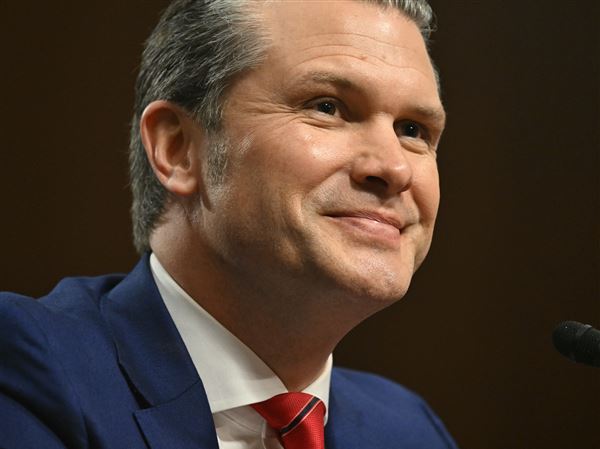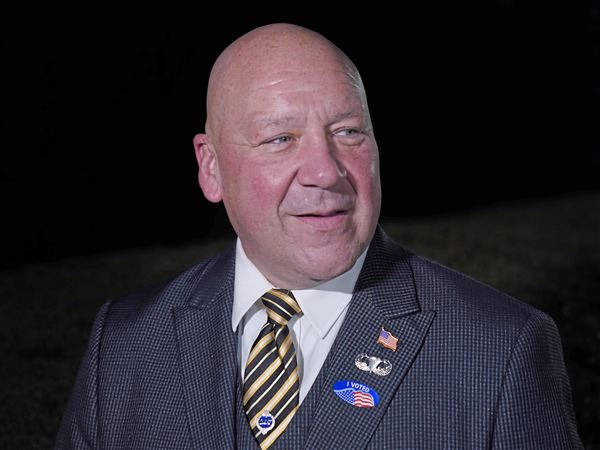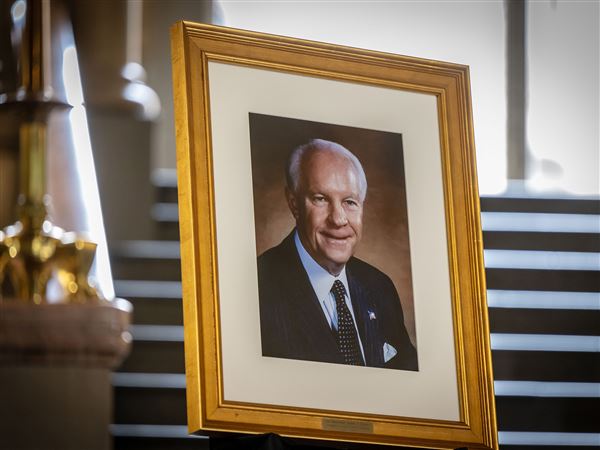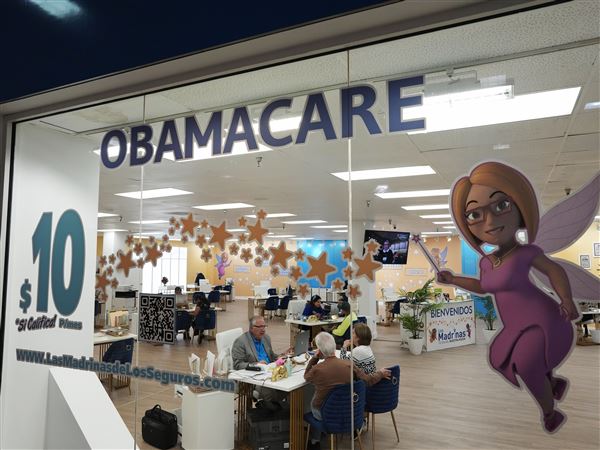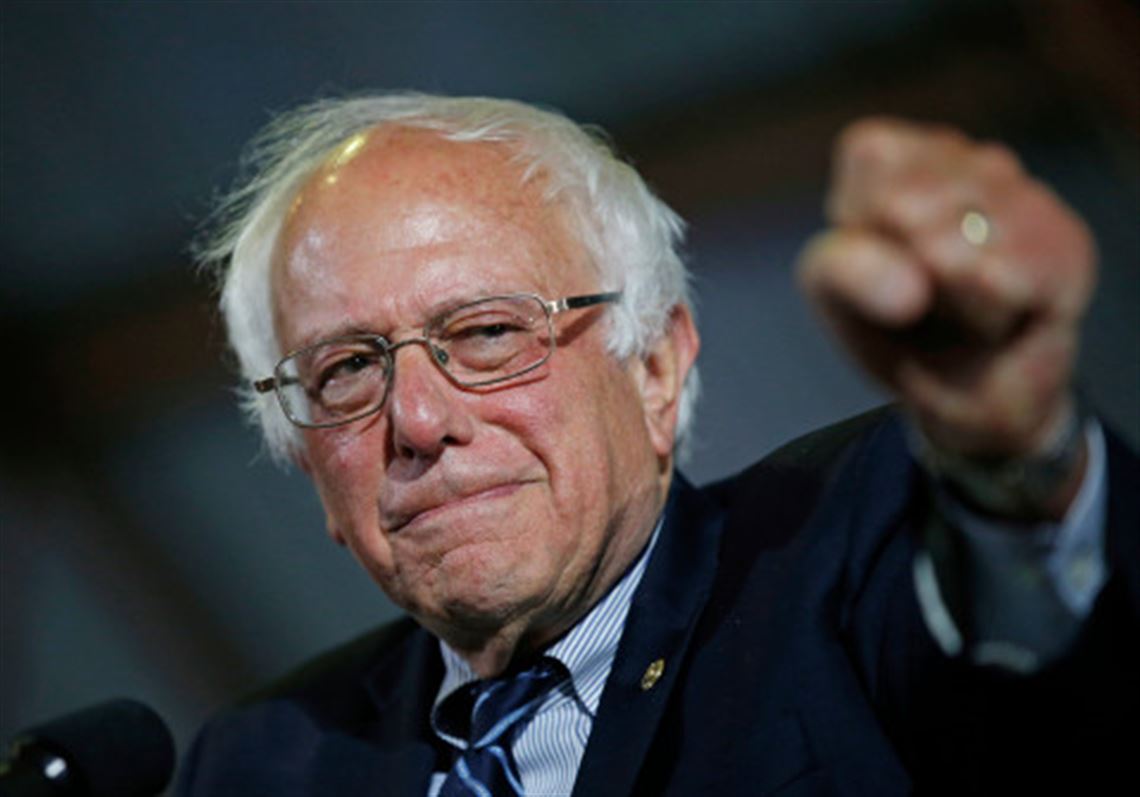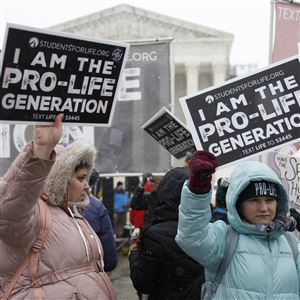The popular appeal of a single-payer system to solve the nation’s health care problems is no secret. Everyone would have insurance, recognizing — as Sen. Bernie Sanders, I-Vt., continually tells us — that health care is “a right, not a privilege.” Our medical expenses would be paid by some central agency, eliminating the wasteful overhead of today’s insurance companies that drives up costs and premiums.
Oh, were it that easy.
We are of two minds about health care. We believe, per Mr. Sanders, that people should get it when they need it. But we resent paying for it, especially now when higher premiums, copayments and deductibles are eroding workers’ wages and salary gains.
Opinion polls flash contradictory signs. According to a recent Gallup poll, 55% of respondents rate U.S. health care as excellent or good, and only 14% say it’s poor. But roughly 80% say they’re unhappy with rising medical costs.
A single-payer system would not resolve this contradiction. But is it the best we can do? This is a legitimate debate. What is not legitimate is the assumption that there’s some pain-free escape from our health care dilemma. That’s a delusion.
If you doubt that, you should read a new report from the Congressional Budget Office, which — without taking a position on a single-payer system — describes the hard decisions required to make it work.
It’s no panacea. “The transition toward a single-payer system could be complicated, challenging and potentially disruptive,” says the CBO report.
The basic problem is to get everyone covered without further busting the budget. The most obvious cost would be the 29 million people who aren’t covered today. If their health spending per capita were $10,000 per person — roughly the U.S. average — the cost would be $300 billion annually.
Next is the possibility that benefits would be expanded. For example, fee-for-service Medicare does not now cover dental care, vision or hearing services. Coverage could be extended to “everyone under a single-payer system, or coverage could be restricted to low-income people,” says the CBO. The same is true of long-term nursing-home and home-health services. There is coverage today, but it’s strictly limited.
Whatever happens, the extra spending could easily total tens of billions of dollars annually. The reason: When health services are free to patients, people use more of them.
Of course, this is not the whole story. Advocates of a single-payer system argue that the shift could result in significant savings by lowering administrative costs and negotiating price cuts in drugs. The CBO reports that Medicare’s overhead costs are about 6% of its total spending, about half the level (12%) of private insurers. Drug negotiations could cut health spending by more than $113 billion annually, Mr. Sanders has contended. That would be about a third of prescription drug spending in 2016.
It’s very hard to control costs when all health spending is considered a “right.” But the alternatives to single payer all suffer from some political or moral defect. The real point is that our choices are all bad in some way. Our unenviable task is to discover which is the least bad.
Robert J. Samuelson is a columnist for The Washington Post.
First Published: May 11, 2019, 10:30 a.m.

